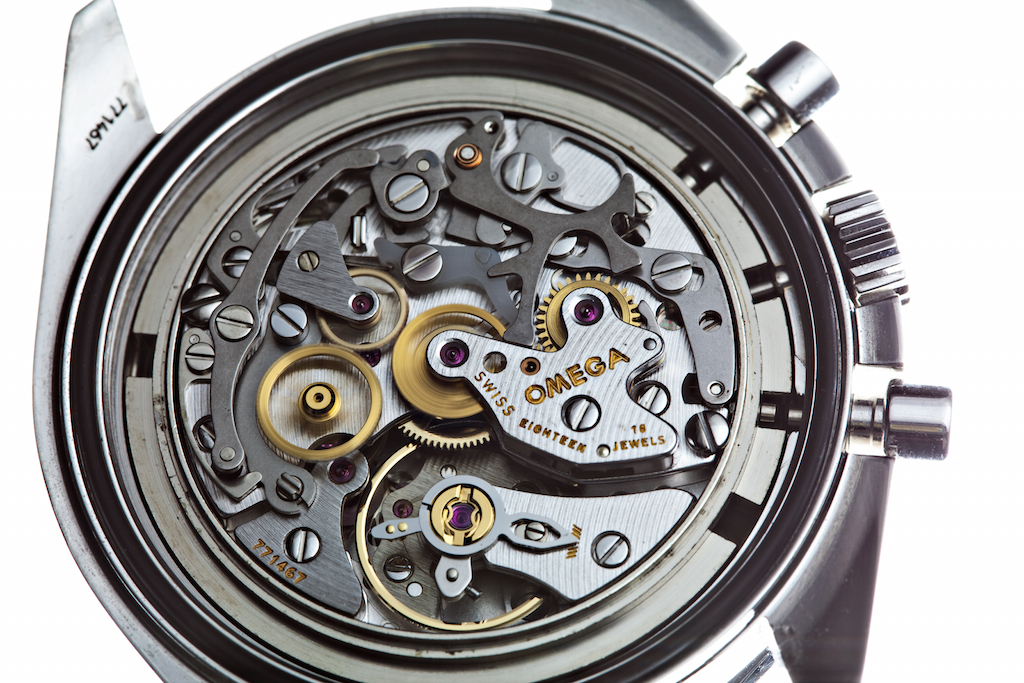A piece in WIRED suggests society had better fear future rampant copying of objects through the use of 3D printing. We disagree. Strongly.
The article, written by Josh Greenbaum, compares the current primitive state of 3D printing tech to earlier analogous technology introductions, such as page layout software (which resulted in fake forms, permits and licenses) and early personal video recording gear (which resulted in pirated movies and TV shows). The implication is that the same phenomenon may happen with 3D printing.
This is simply not going to happen. There are so many problems with this premise, where do we start?
First, materials. While current 3D print gear can produce objects in an increasing number of materials, the sum of those options is still infinitely less than those available to conventional manufacturers. Precisely matching a material to a given object is not a certainty and won’t be for quite a while.
Second, parts. Most useful objects are made from multiple parts. Parts made of different materials. Parts that are assembled – sometimes with difficulty – into a final, working object. 3D printers currently DO NOT assemble things. They make parts. To copy useful objects, then, you’d have to have a robotic assembler to accompany it, or do it by hand yourself, which could eliminate any value in copying.
Third, the finish. 3D printers cannot produce objects with finely finished surfaces yet. Those you see typically are hand-processed after printing, or have undergone a chemical process, neither of which can reliably match that of mass manufacturing. This may change in the future, but it’s not a critical priority of any 3D printer manufacturer we know of. A counterfeited object will be instantly recognized as such by its less than perfect finish. Or, again, unless you finish them by hand or with another expensive machine.
Fourth, economy. 3D printers are expensive and slow to use. Why use them, then? Because you can print single objects of any type. This is an excellent scenario for one-off custom objects, personalized items that fit only you or perhaps a very short run of a few dozen or hundred objects. Mass manufacturing is many times less expensive to produce each object. Thus, if you attempted to counterfeit an object, it would most likely be more expensive than the original. Doh!
Fifth, design. So you’d like to copy an object? Where do you get the design to print a copy? Do you spend hundreds of hours re-engineering the CAD design of each part of the object? Do you disassemble it and carefully measure each component and create a replicated CAD model for it? (See image at top.) Oh, perhaps you 3D scan the object? Nope, scanners do not see INSIDE an object, so you have to take it apart anyway. Worse, 3D scans are generally not printable 3D models, so you’ll have to do significant cleanup and rework to prep them for printing. Sigh.
Yes, there’s more, but you get the point.
The concept of widespread counterfeiting with 3D printing is clearly not an economically viable process now and we cannot see it becoming so in the near future.
For now, “3D printed counterfeiting” is merely a fanciful idea, unless you’re copying a very simple, single-component, no-moving-parts, don’t-care-what-it-looks-like item. One where you also don’t care about the price.


